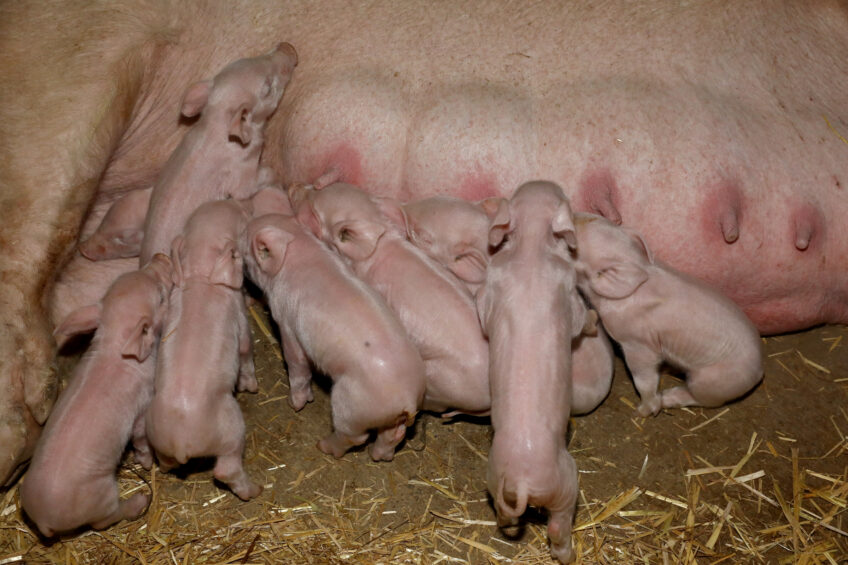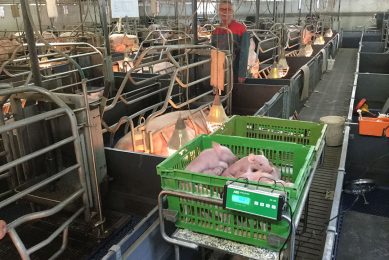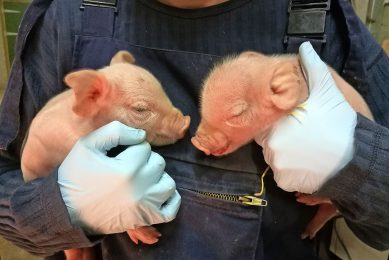Sow gave birth to record 41 piglets in Brazil

A sow gave birth to 41 piglets in a single litter this month, in the municipality of Faxinal dos Guedes, in Santa Catarina. The number is much higher than the Brazilian average of 12 piglets on commercial pig farms. Embrapa Suínos e Aves researcher Osmar Dalla Costa reveals that he does not remember another case with the same numbers in 37 years dedicated professionally to pig farming.
Several explanatory factors
A high-performance sow usually generates 36 piglets over a whole year, with an average of 2.4 farrowings each 12 months. The best commercial farms reach averages between 14 and 16 piglets. “It is a very rare phenomenon that can only be explained by a set of factors, such as hyperovulation and high-quality semen, in addition to good environmental conditions and nutrition”, Dalla Costa says.
Procedure that lasted 5 hours
The sow gave birth to 41 piglets in a procedure that lasted almost 5 hours, at Granja Dal Bó. The manager of the farm, Ernani Funini, says the super result is rare but also a consequence of improvements carried out in recent months. Even so, the highest number ever obtained in the unit in a single farrowing reached a maximum of 26 piglets. Granja owner Elton Dal Bó commented that, although it is a curious fact, this demonstrates the team’s performance.
Not enough teats
A female sow normally has 7 pairs of teats and, thanks to genetic evolution, some breeders already have 8 pairs. Still, 14 or 16 teats are far too few to feed 41 piglets. The recommended procedure in these cases is to use nursing sows and, also, alternate feeding shifts between the piglets. “In any case, due to a large number of live births, the animals are quite small and most of them may not survive”, Dalla Costa explains.
Other cases of hyperprolificacy
Other cases of hyperprolificacy occurred in April 2020, when a sow gave birth to 36 piglets in the municipality of Saudades, and in July 2020 in the municipality of Herciliópolis, with 34 piglets in a single farrowing.
Litters with a large number of piglets are not usually profitable. Despite indicating good reproductive conditions, the development possibilities of very small piglets are fatally compromised, affecting zootechnical indices and productive performance.
 Beheer
Beheer






 WP Admin
WP Admin  Bewerk bericht
Bewerk bericht